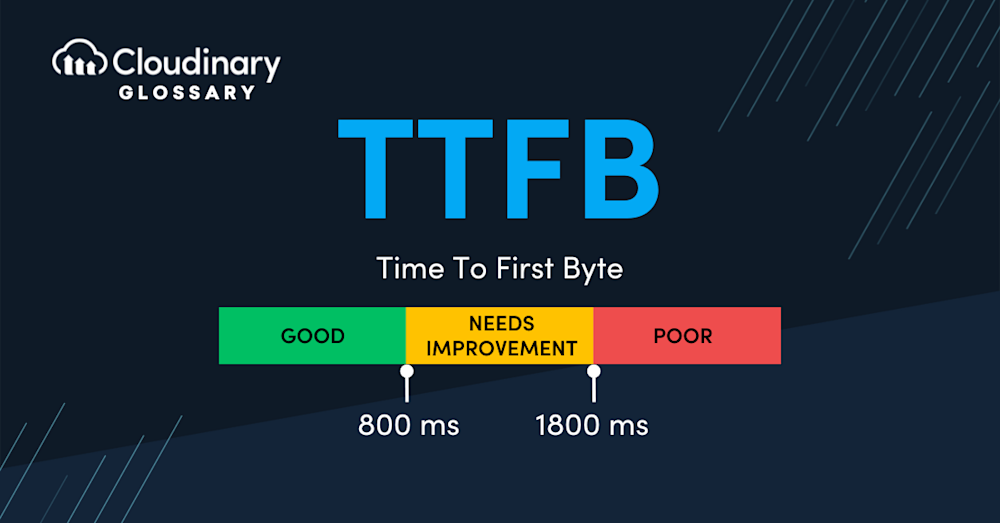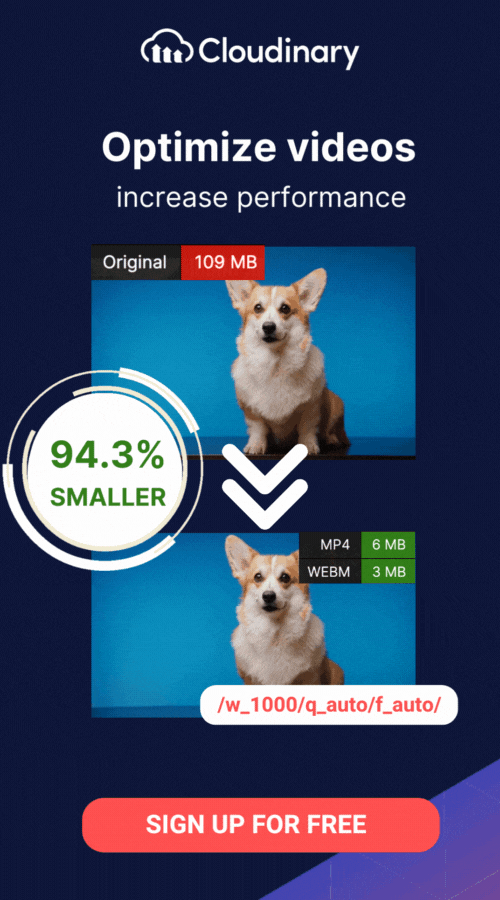What Is Time to First Byte?
Time to First Byte (TTFB) is a crucial metric for measuring a website’s performance. In simple terms, TTFB refers to the time a user’s browser takes to receive the first piece of data from a web server after requesting a specific webpage. This metric indicates the server’s responsiveness and plays a vital role in determining the overall user experience.
A website’s TTFB is influenced by various factors, such as server configuration, network latency, and the complexity of the requested content. A lower TTFB is generally preferred, as the server responds quickly to requests, leading to faster page load times and a more satisfying user experience. In the world of web performance optimization, TTFB is often considered a key factor to address to improve a website’s speed and efficiency.
What Affects Your Time To First Byte?
Several factors can impact your website’s Time to First Byte, leading to slower page load times and a less satisfying user experience. Understanding these factors can help you optimize your website’s performance. Here’s a quick rundown of the most common elements affecting TTFB:
- Server configuration: Your server’s hardware and software efficiency can directly influence TTFB.
- Network latency: The time it takes for data to travel between the user’s device and the server can affect TTFB, especially if there’s high network congestion.
- Content delivery: The complexity of your website’s content and the efficiency of its delivery can impact TTFB.
- Caching: Properly configured caching mechanisms can dramatically reduce TTFB by serving content faster.
- Web hosting: The quality of your web hosting provider can play a significant role in TTFB, as it determines your website’s available resources and infrastructure.
The Benefits Of Optimizing Your Time To First Byte
Optimizing your website’s TTFB can lead to a range of benefits that improve your website’s performance and enhance the overall user experience. By focusing on reducing TTFB, you can expect the following advantages:
- Faster page load times: A lower TTFB contributes to quicker page loading, ensuring users can access your content without delay.
- Improved user experience: Faster-loading websites lead to happier users who are more likely to engage with your content and return for future visits.
- Better search engine ranking: Search engines, like Google, consider page load times when determining search rankings, so optimizing TTFB can help improve your website’s visibility.
- Increased conversion rates: Faster websites often result in higher conversion rates, as users are more likely to complete desired actions, such as making a purchase or signing up for a newsletter.
- Reduced server load: Optimizing TTFB can help decrease the strain on your server, allowing it to handle more traffic and maintain stability during peak times.
Boost Your Time To First Byte With Cloudinary
Your TTFB is a vital metric for evaluating your website’s performance and user experience. By understanding the factors that influence TTFB and taking the necessary steps to optimize it, you can ensure that your website loads faster, ranks higher in search results, and provides a satisfying experience for your users. It’s crucial to prioritize TTFB optimization to stay competitive and maintain a solid online presence as the world becomes more digital-first.
If you’re looking to improve your website’s Time to First Byte, Cloudinary can help. Our comprehensive suite of tools and services is designed to streamline your content delivery and optimize your website’s performance. With features like image and video optimization, caching, and a global Content Delivery Network, Cloudinary can help you reduce TTFB and enhance the user experience on your website.
Don’t wait any longer – start optimizing your website’s TTFB with Cloudinary today!
Check Out Our Tools That You May Find Useful:



